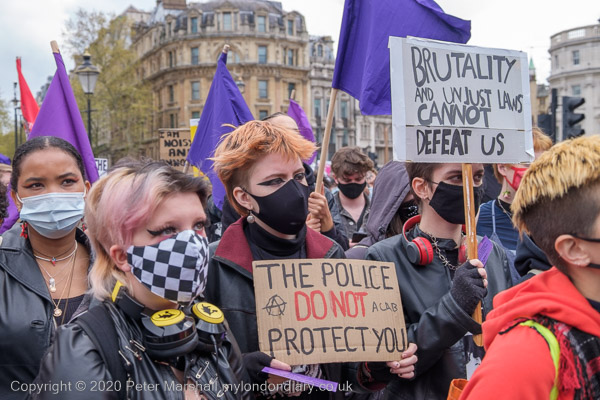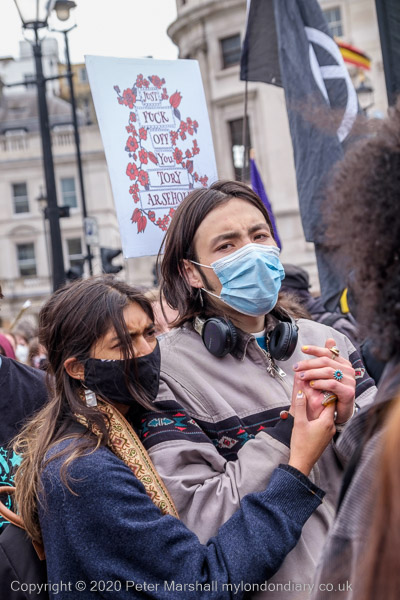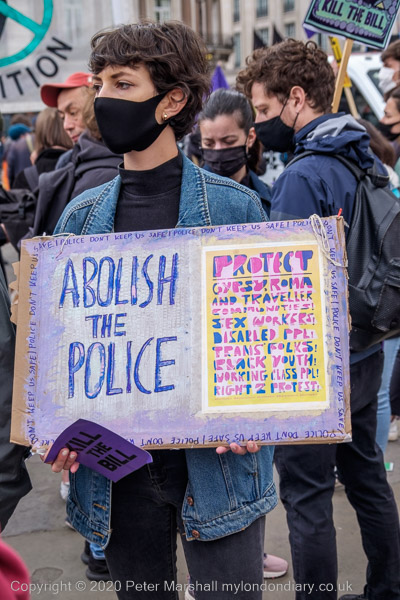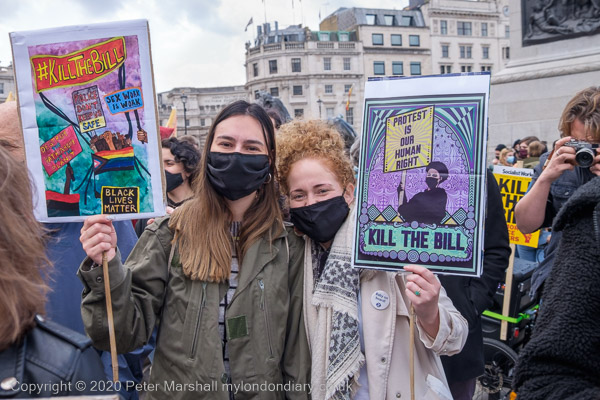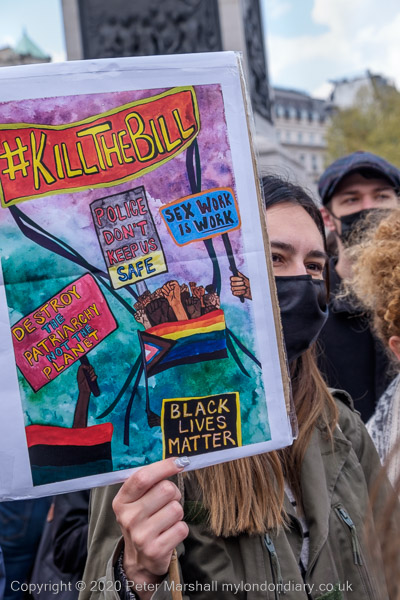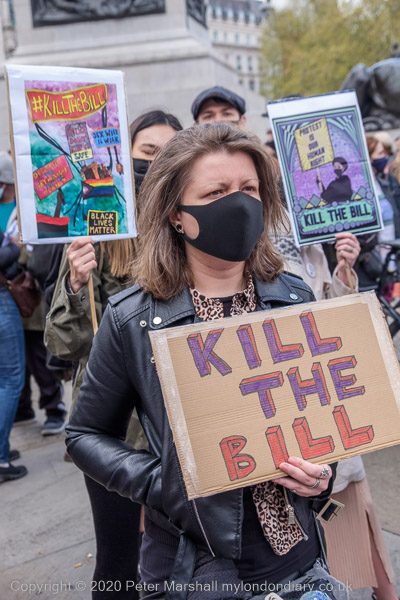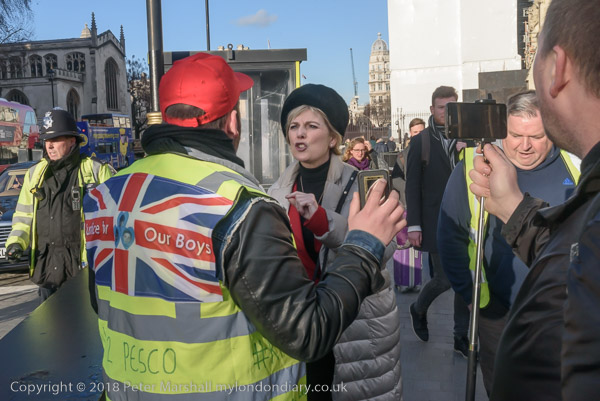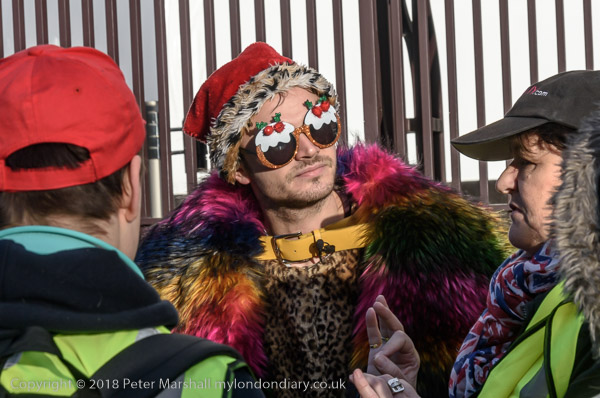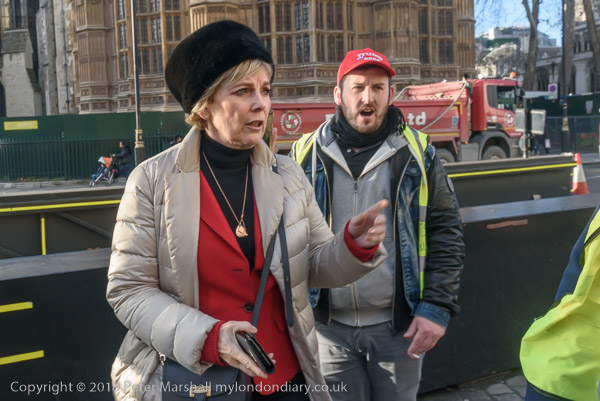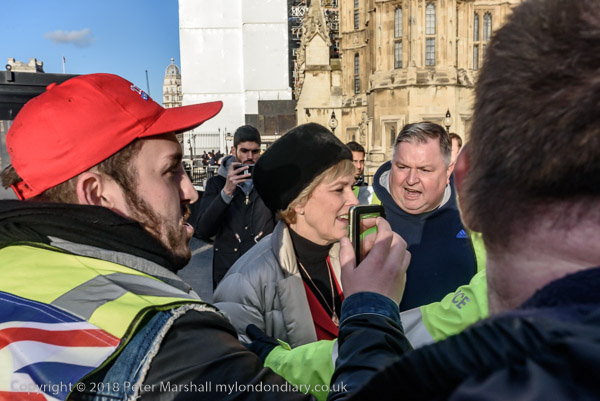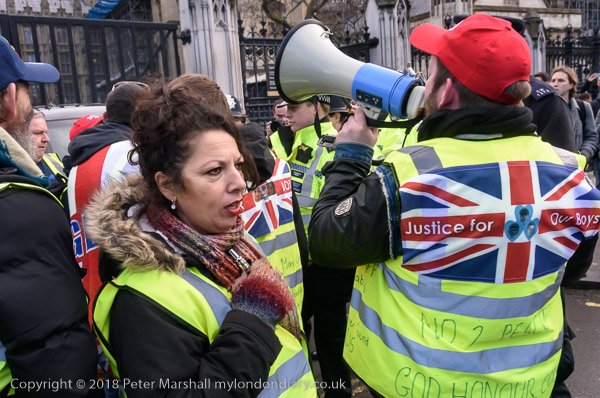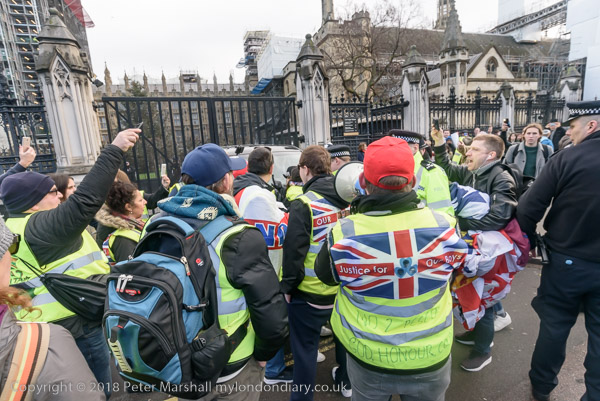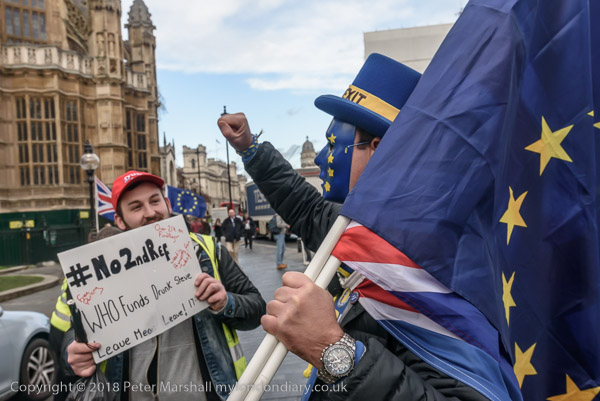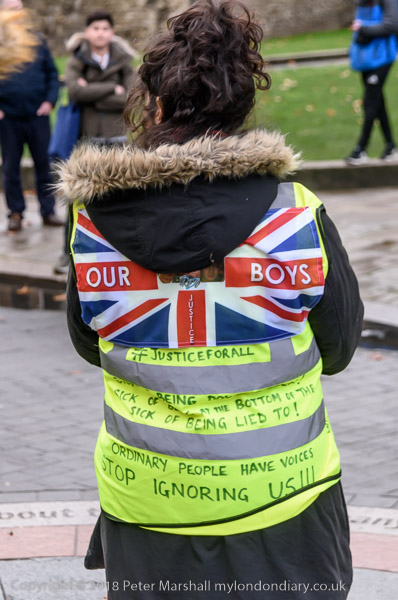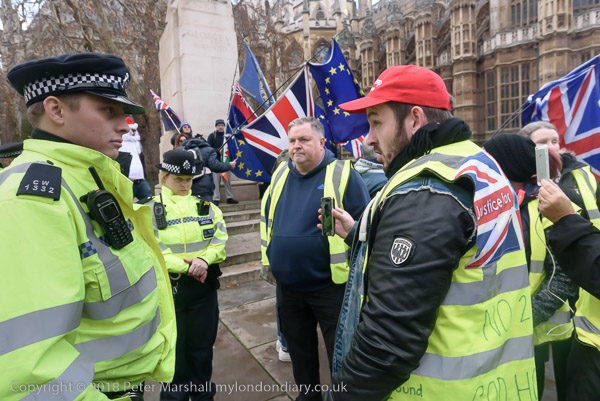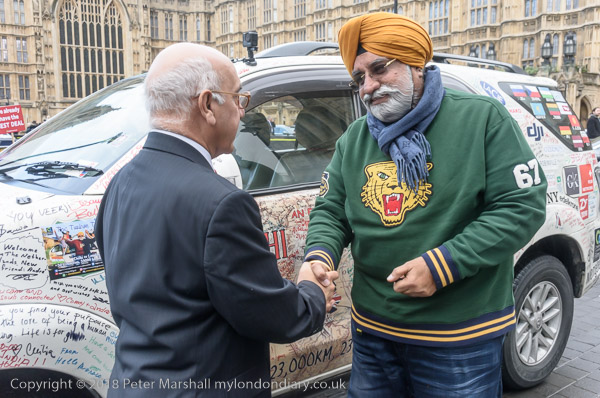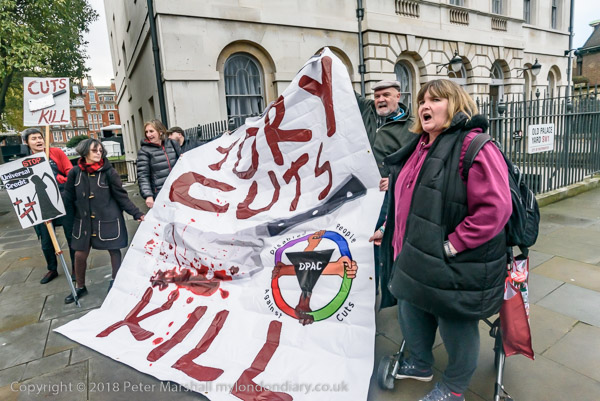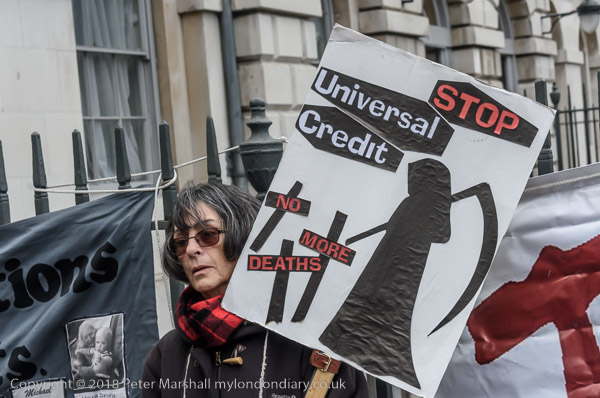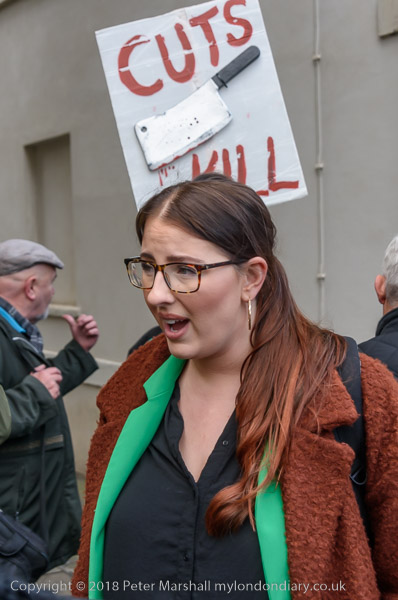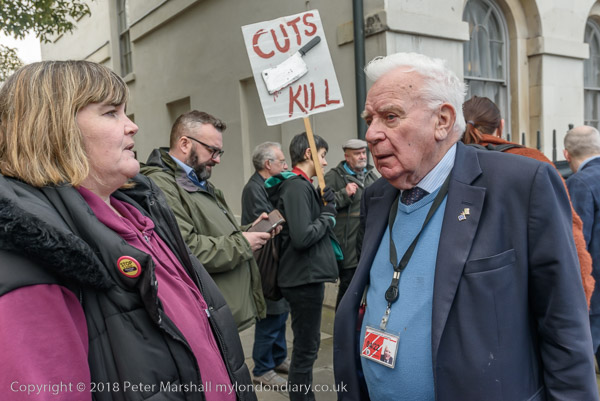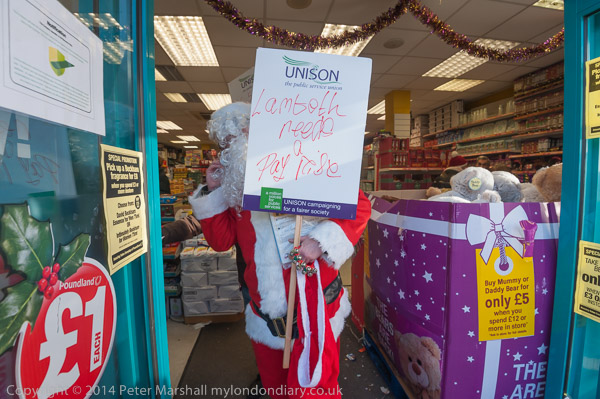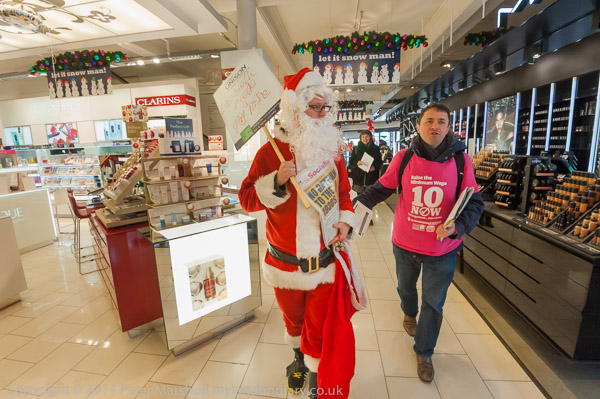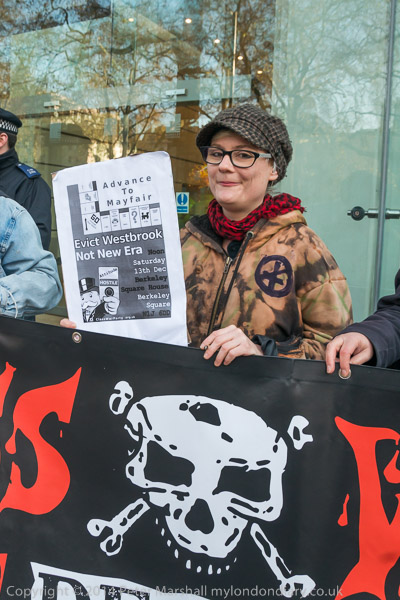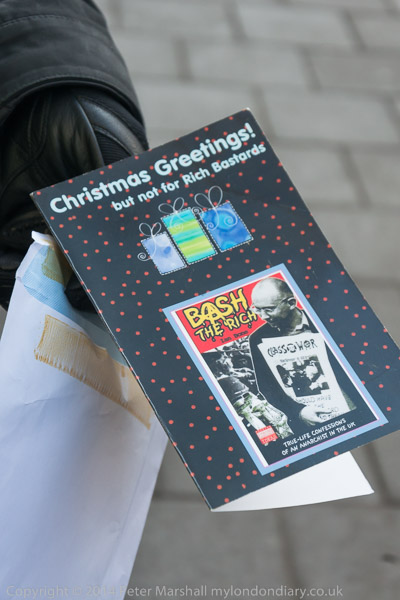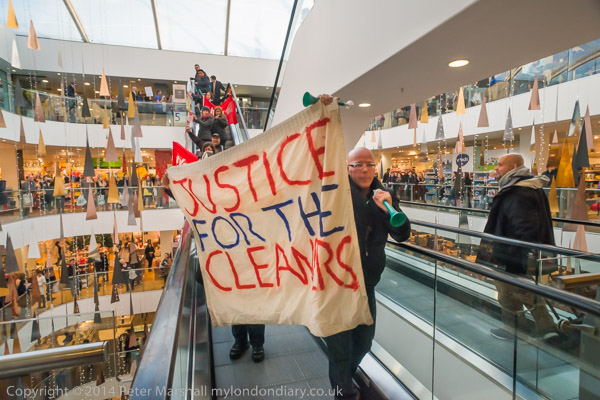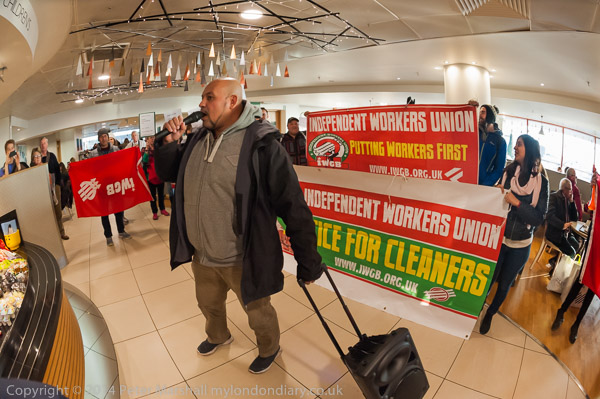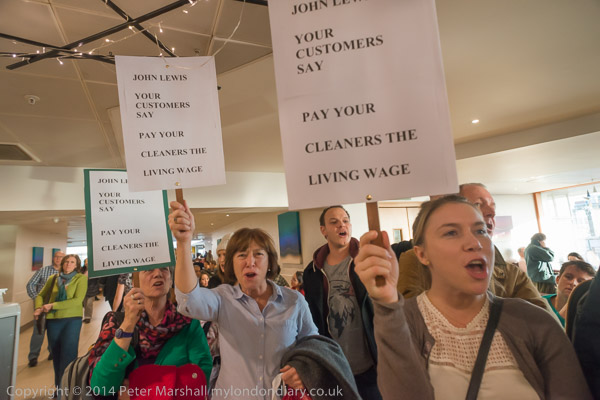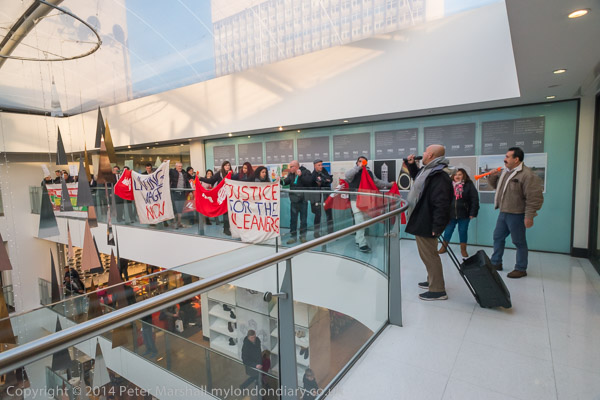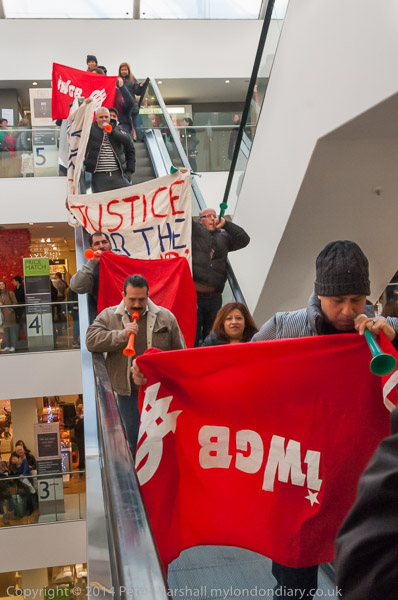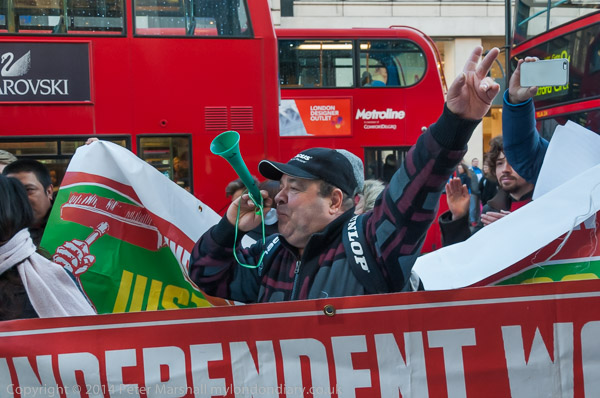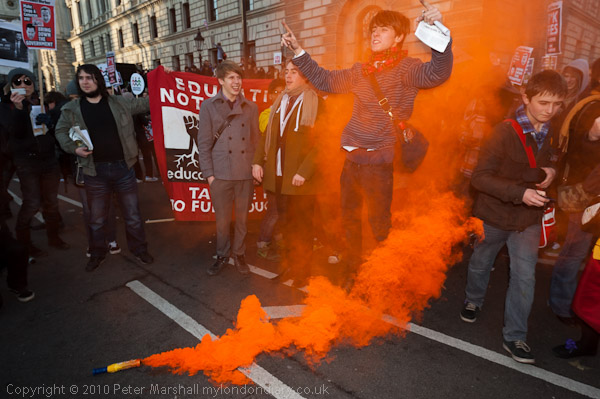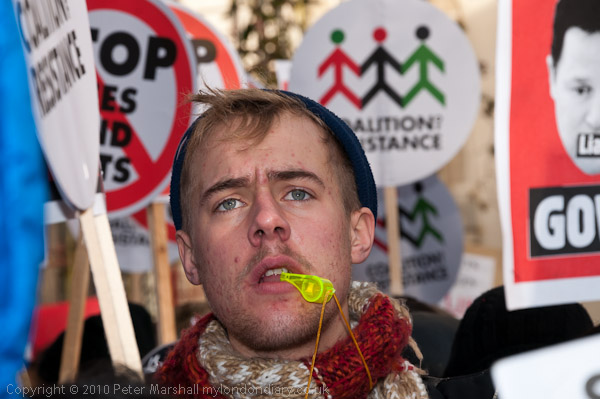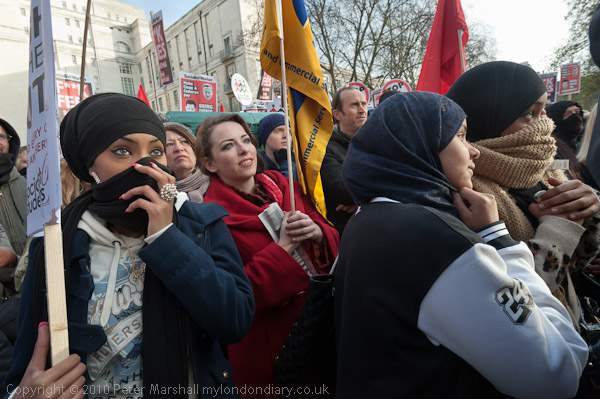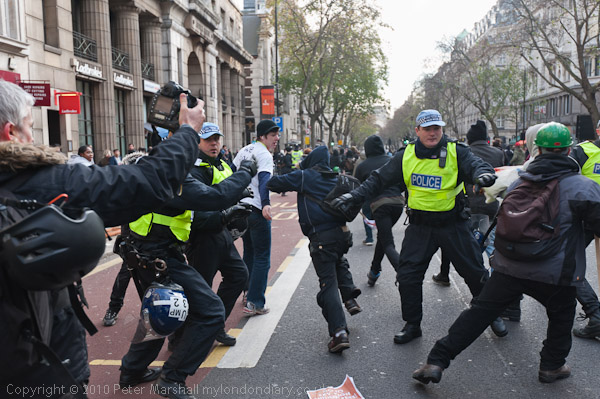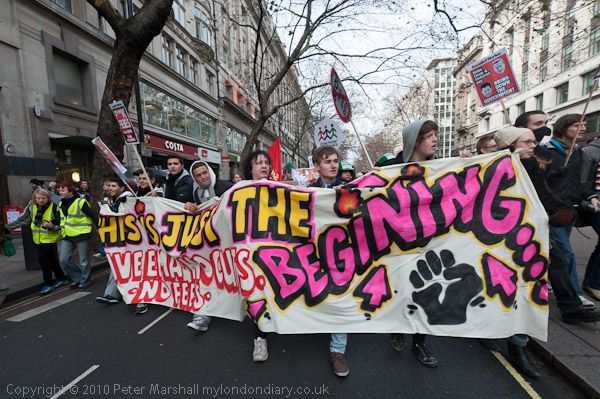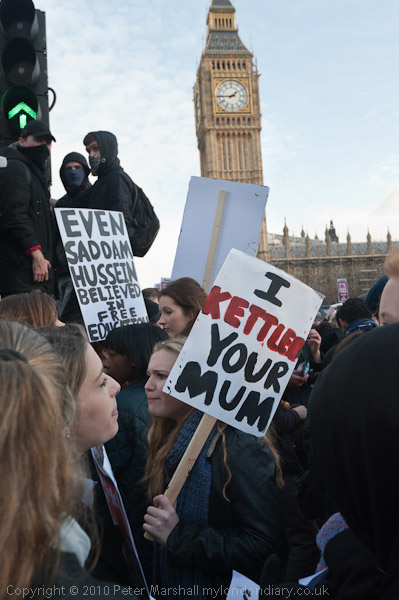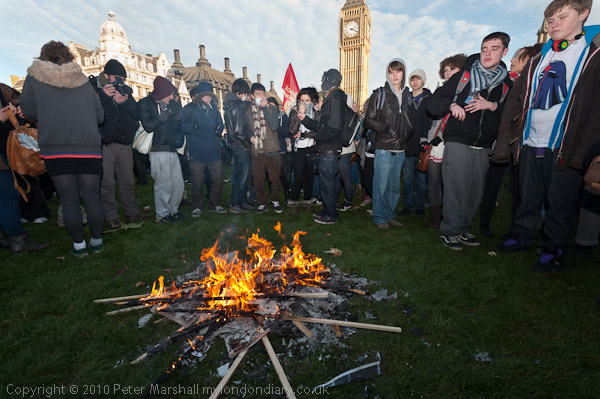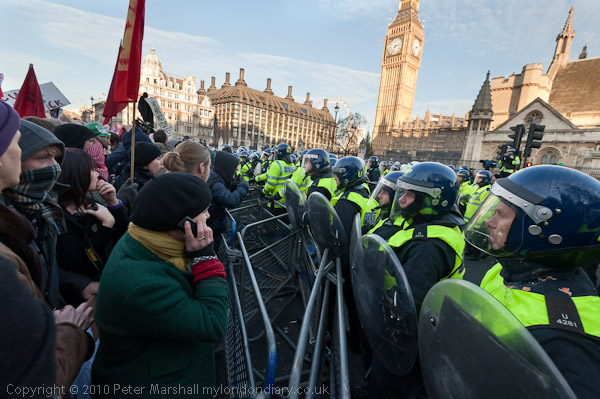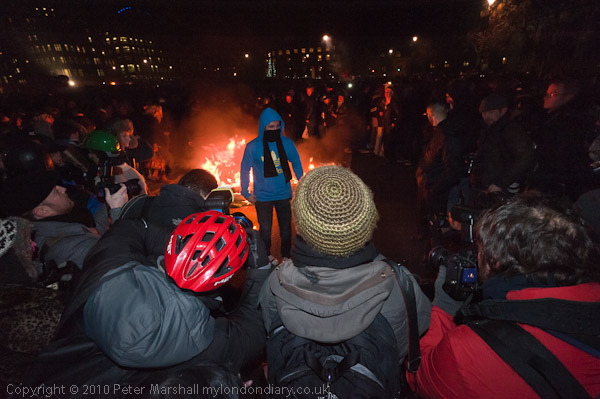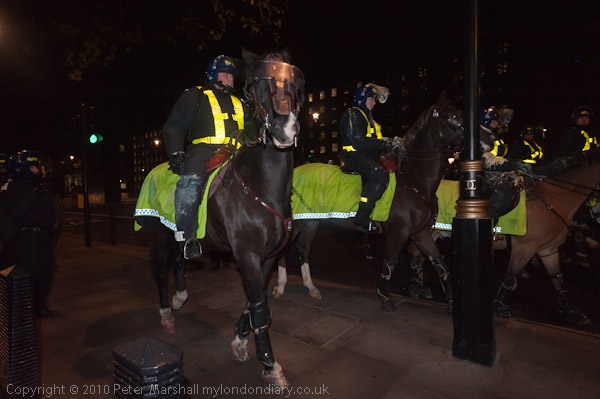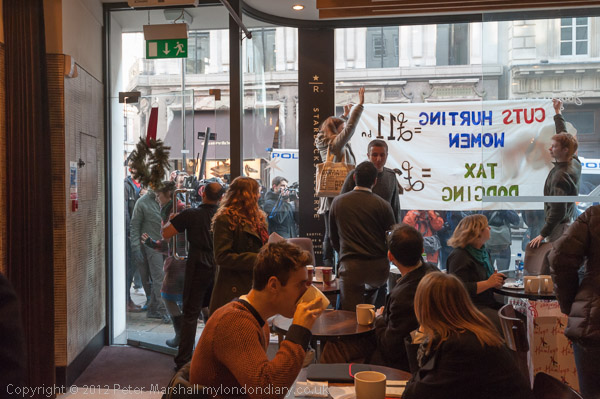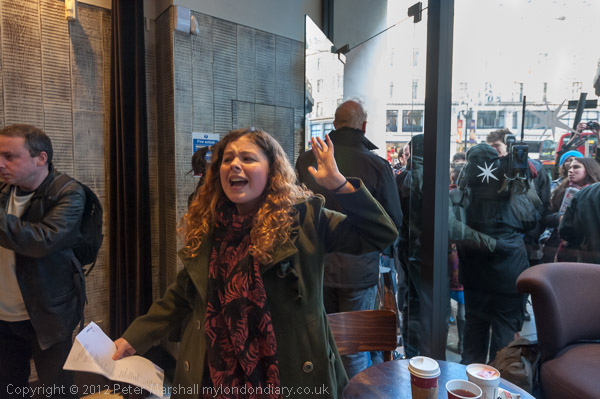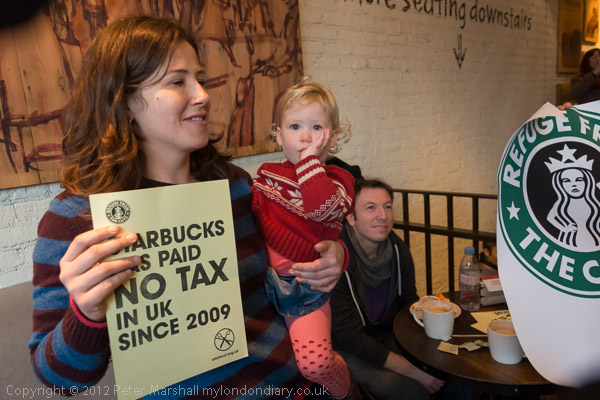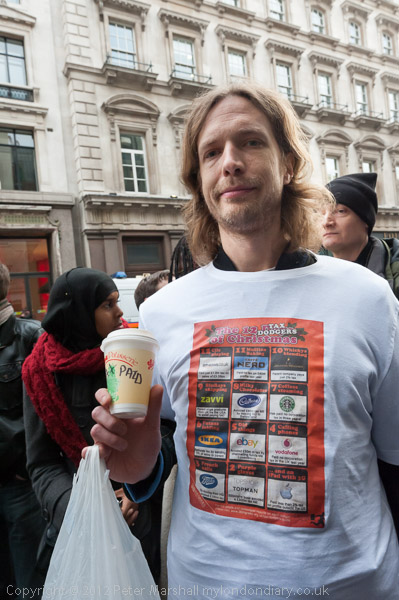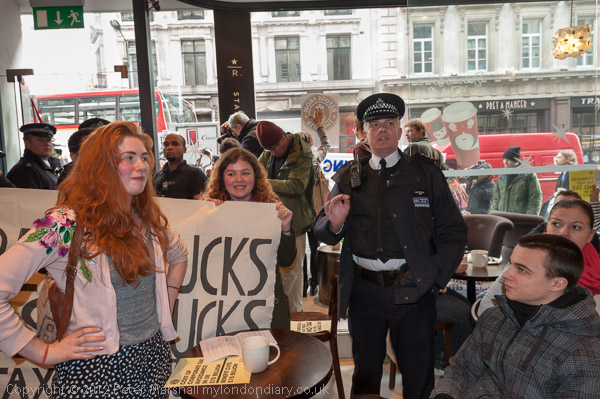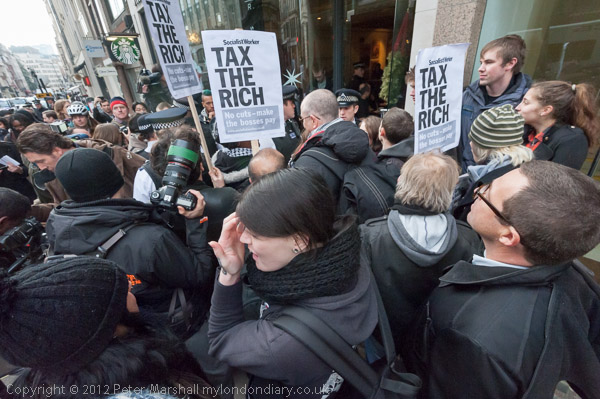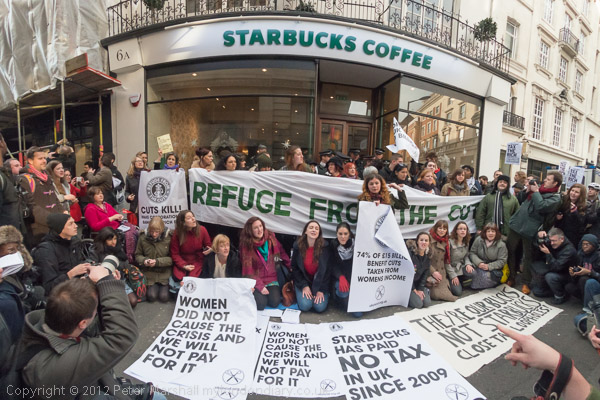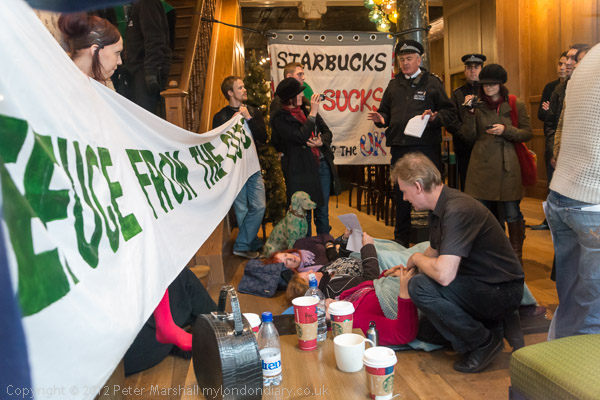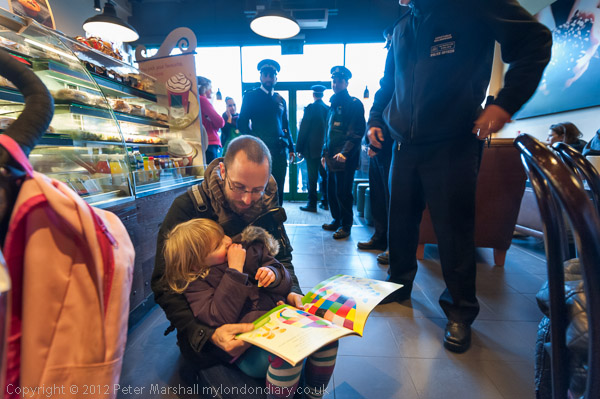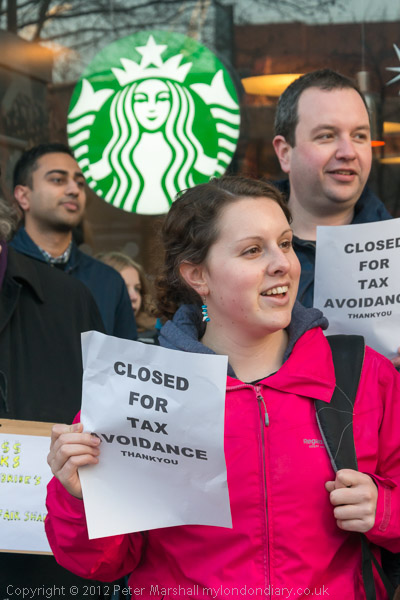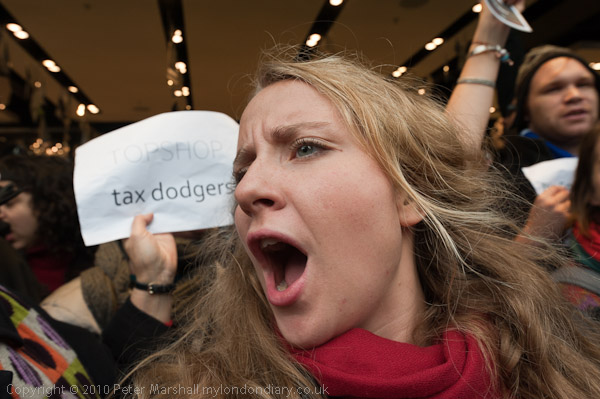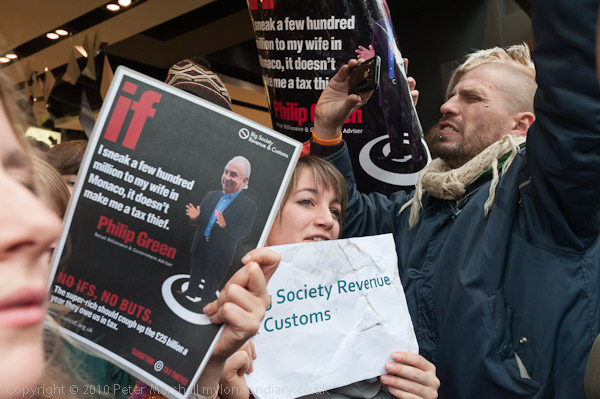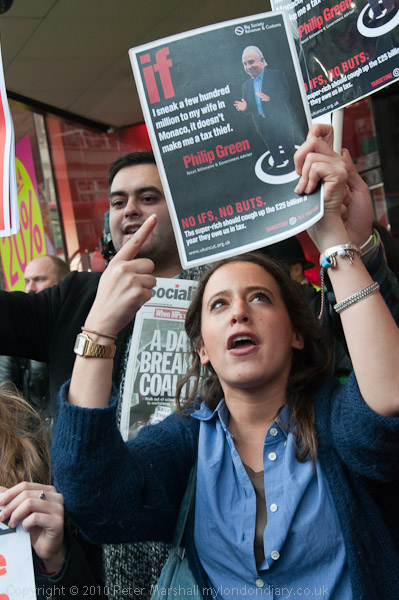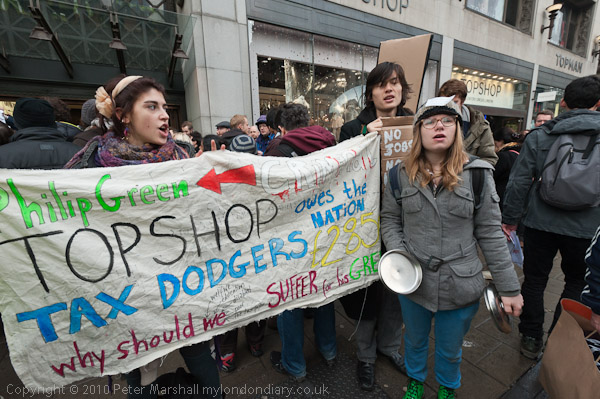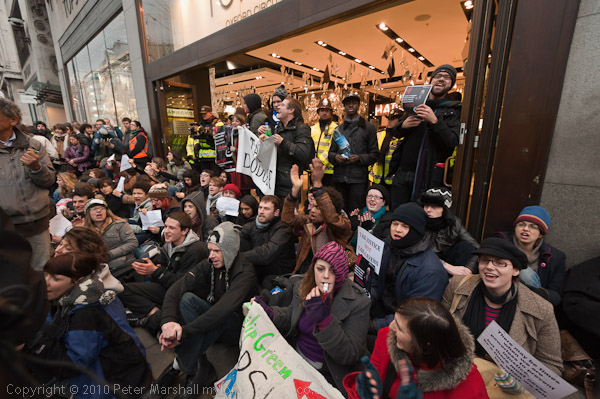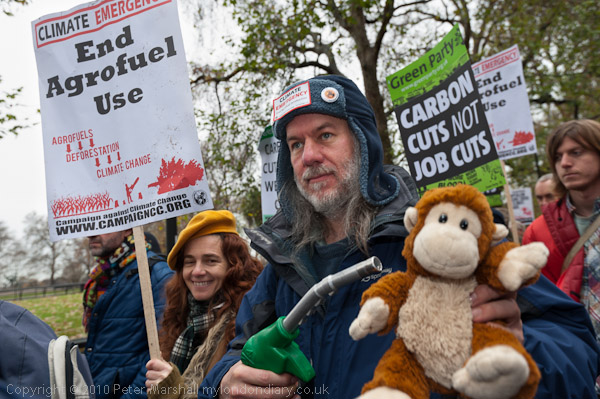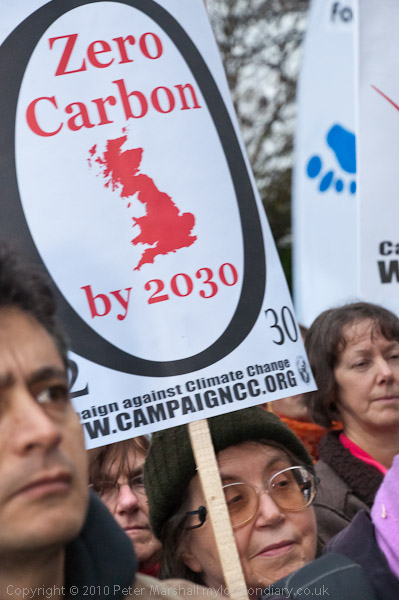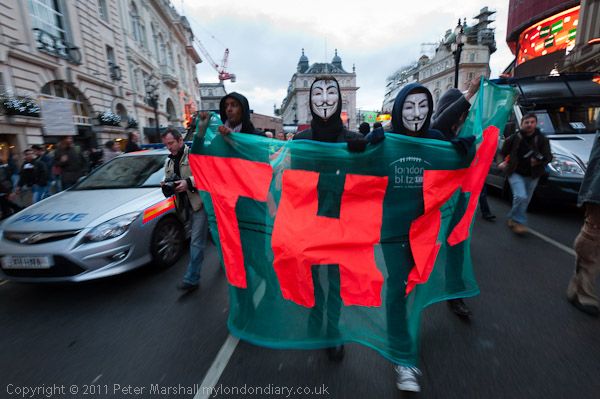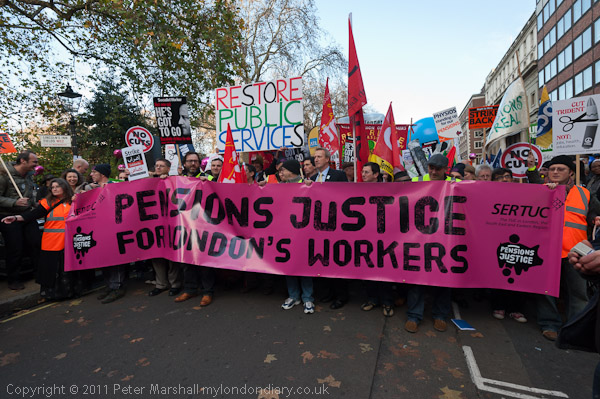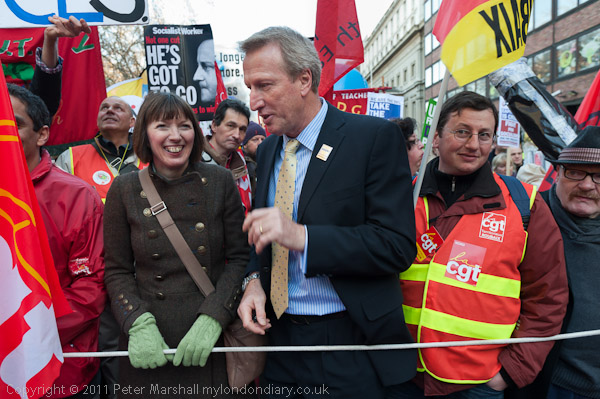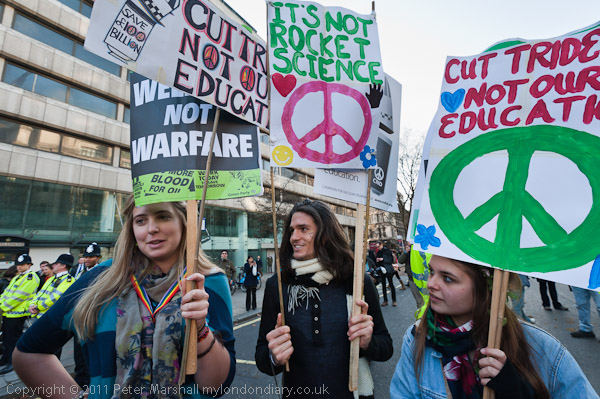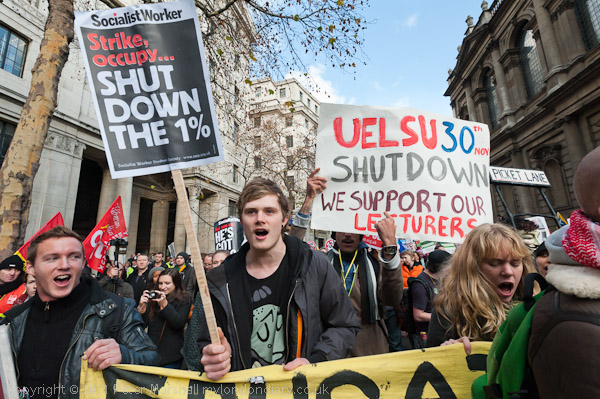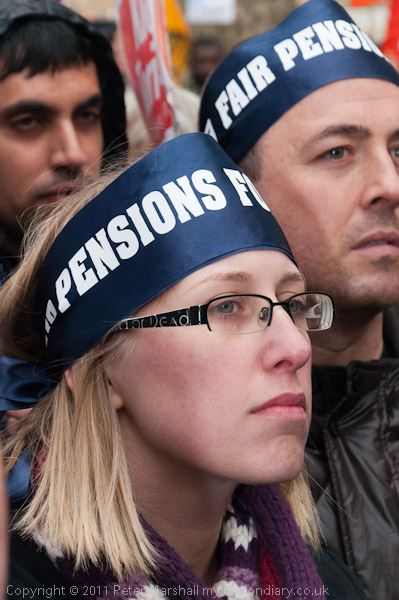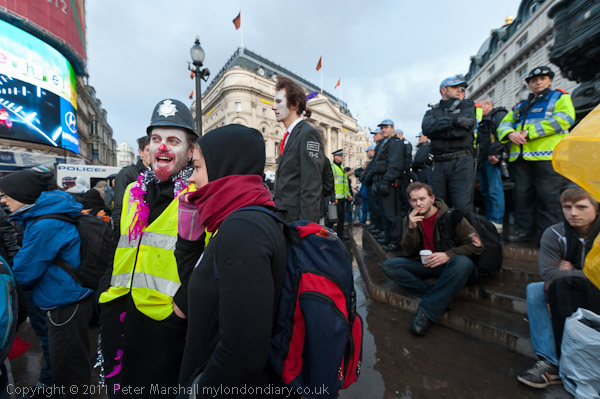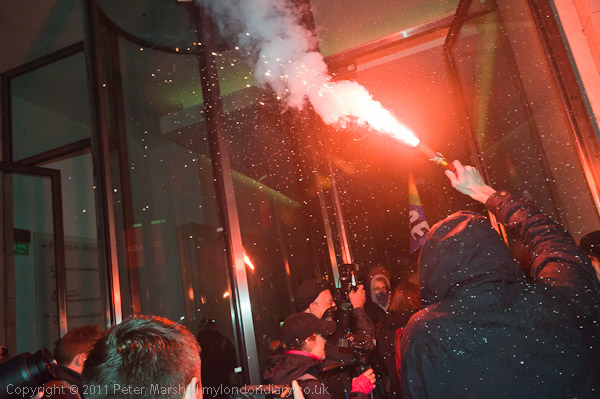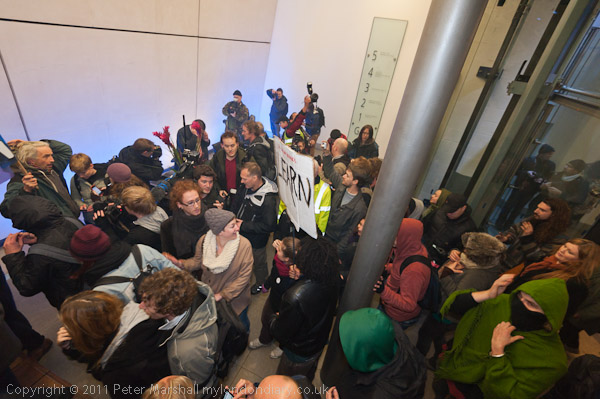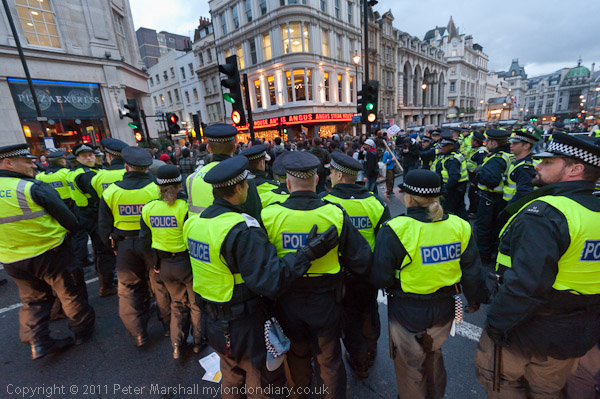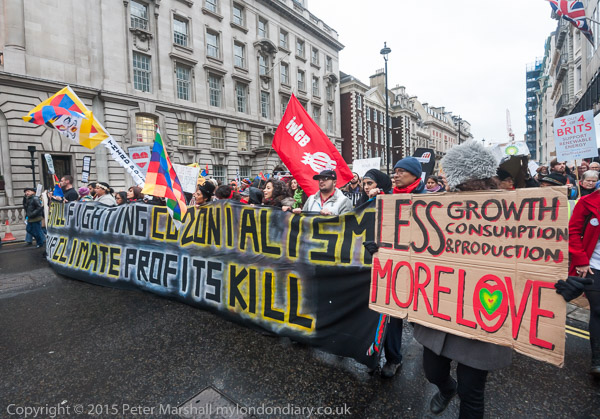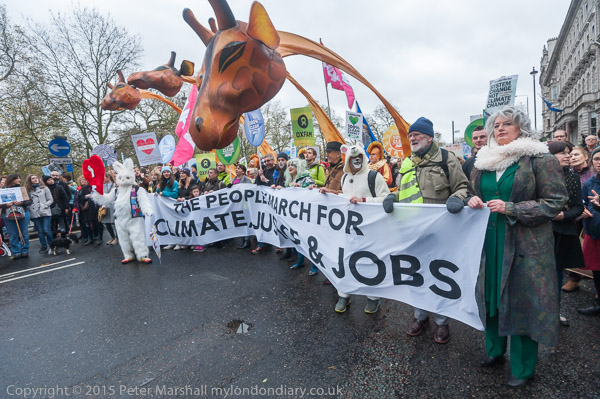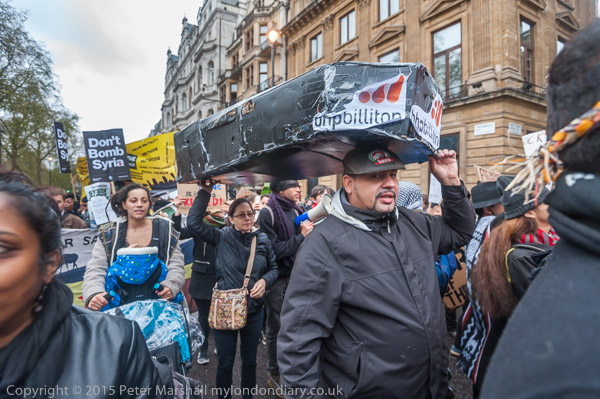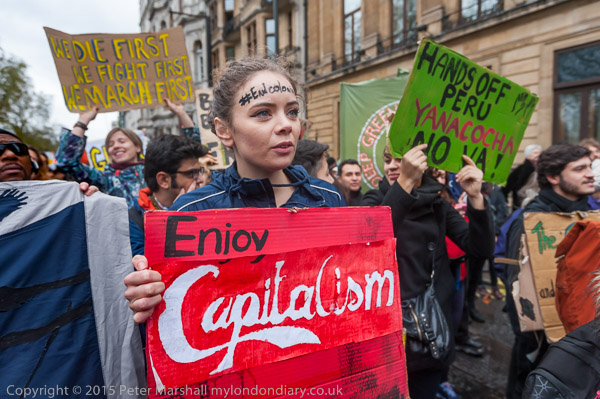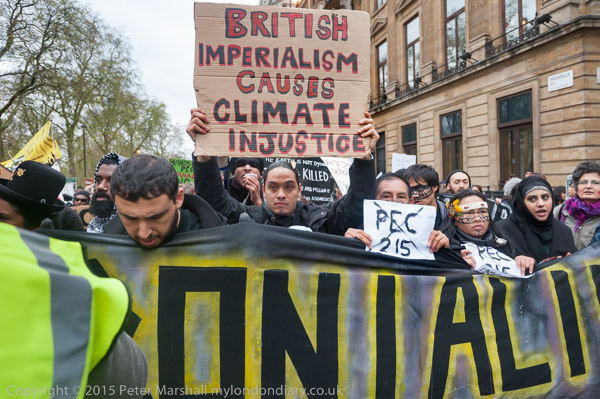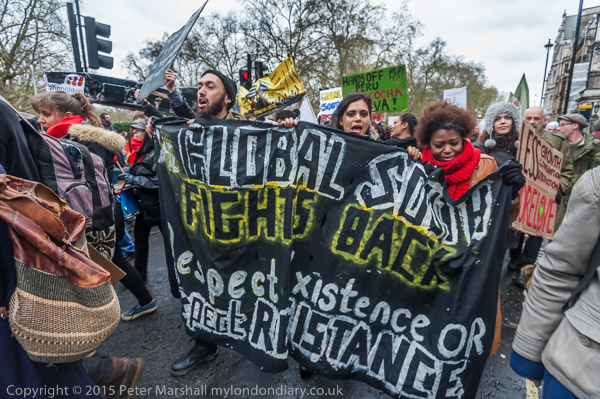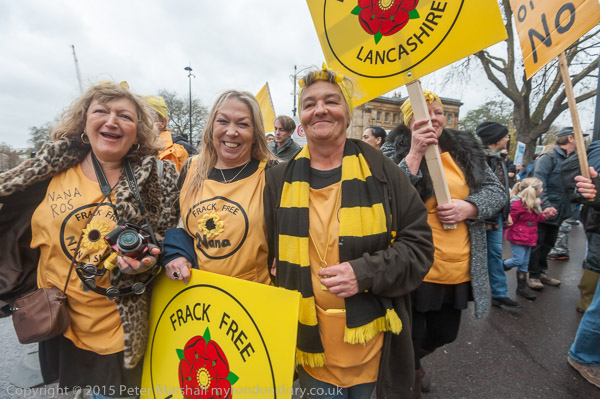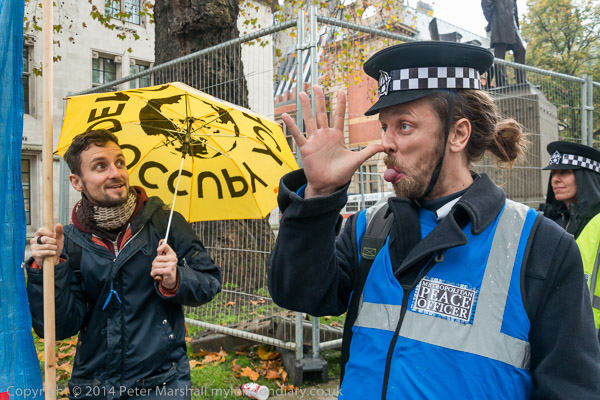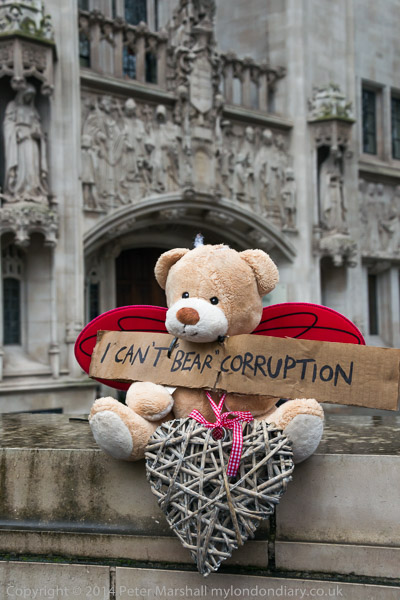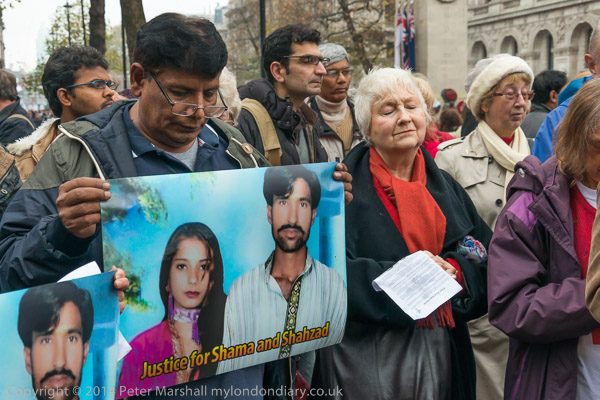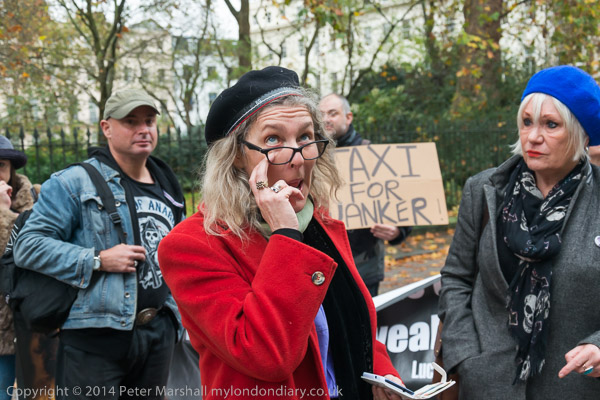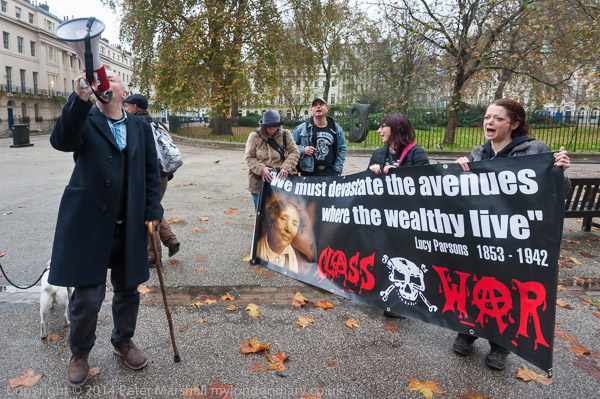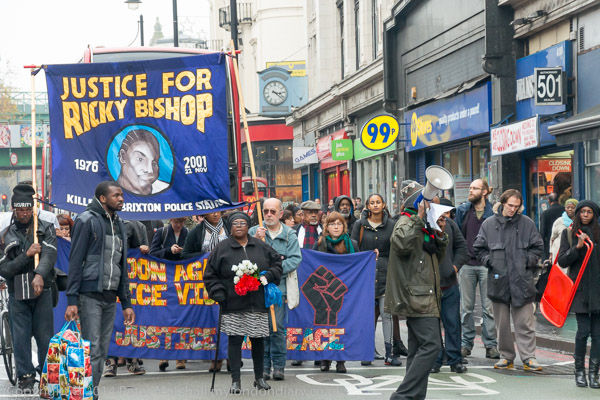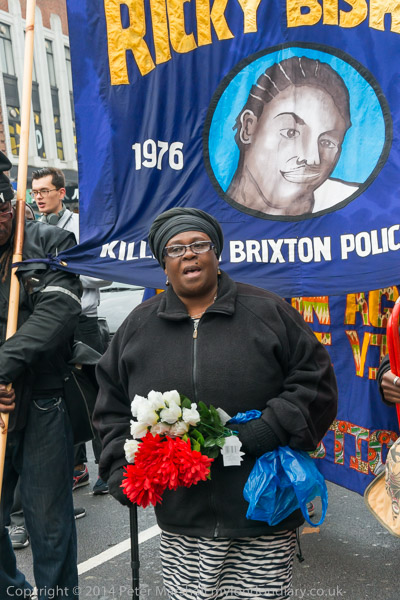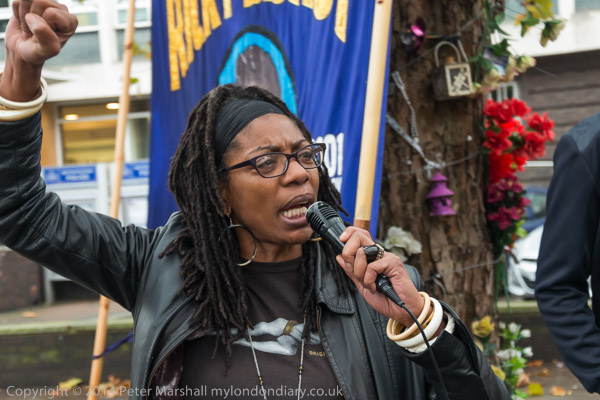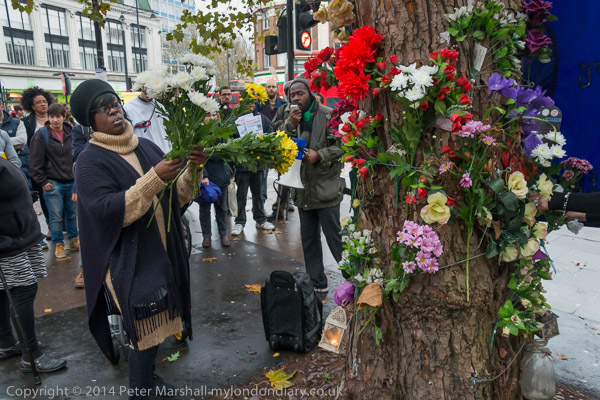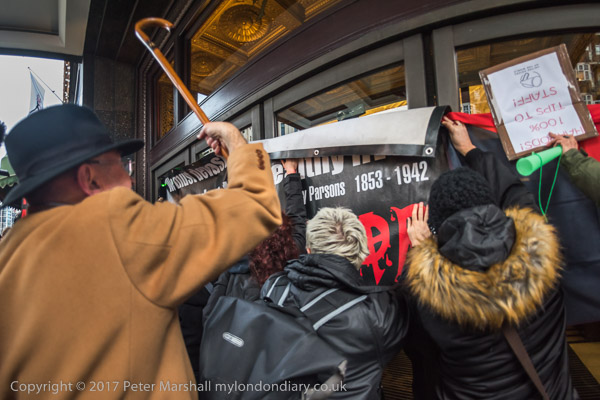
Protest tells Harrods ‘Stop Stealing Tips’
On Saturday 7th December 2017, the United Voices of the World trade union held a protest outside Harrods in Kensington demanding that the restauarant workers there receive the service changes that customers pay on meals.
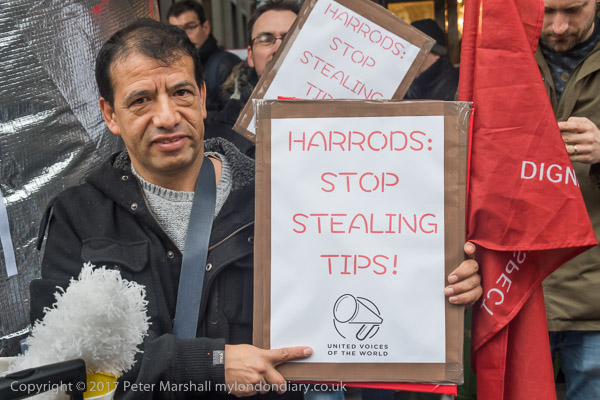
The UVW is a grass roots union that represents workers in low paid sectors, and their members include chefs and waiters at Harrods. As well as demanding that the workers get the tips they are also demanding that conditions and wages to be improved for waiters who are currently paid at or a few pence per hour above the legal minimum, overworked and poorly managed.
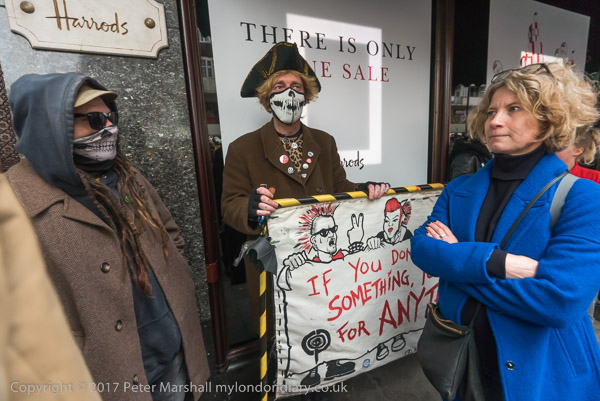
Harrods, the richest and most prestigious department store in the world, is owned by the immensely wealthy Qatari royal family – and they were then adding to that wealth by taking up to 75% of the tips that customers believed and intended to be going to the staff who served them.
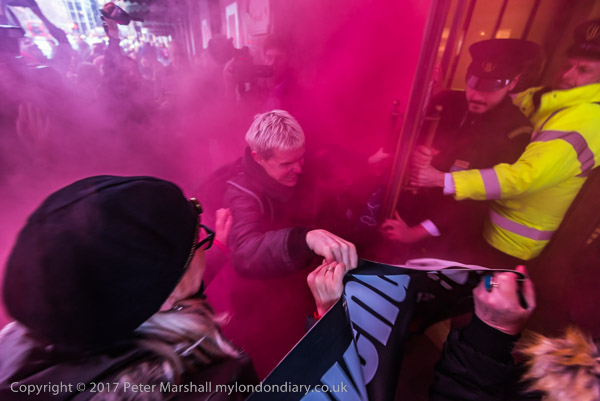
THe UVW succeeded in getting a great deal of public support and even some from our right-wing mass media (it almost certainly helped there that Harrods is owned by foreigners) and several hundred people came to protest outside the store, notably including supporters of Class War.
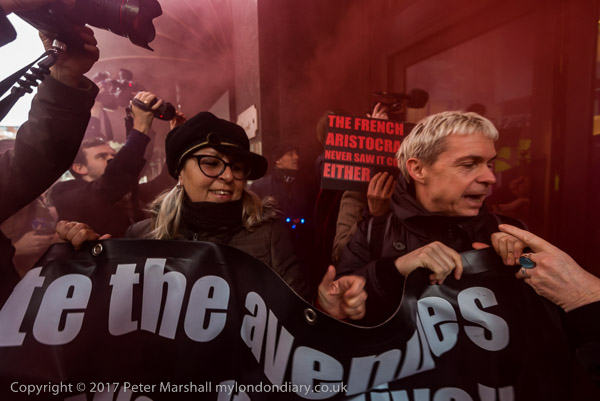
Harrods was supported by a large contingent of police, who at times went beyond there duty to keep the peace and seemed to be taking the side of the Qatari royal family who of course have many friends in high places including the Foreign Office who will have put pressure on the Met to take effective action against the protesters.
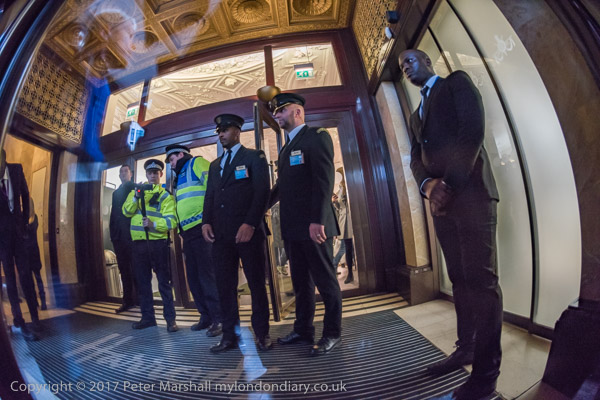
I described the protest as “robust but peaceful” and although at times the protesters blocked the entrances and crowded around the doors, at times holding them open they made no real attempt to enter the store, as police warned that they would immediately be arrested for aggravated trespass. A couple were arrested for trivial matters on the street during the protest, but generally the protest went well and people were in a good mood as it ended and I caught the tube to go home.
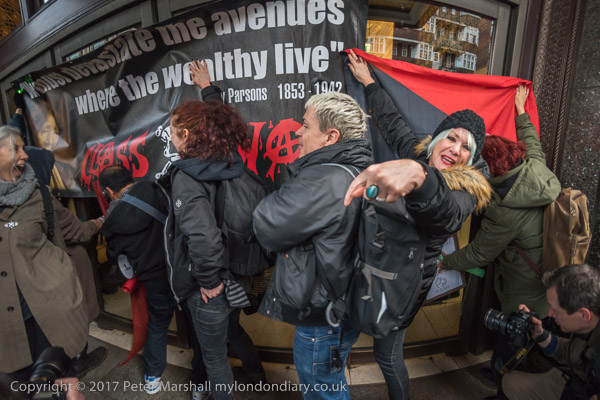
Later I heard that as UVW members were packing away their flags, banners, drums and vuvuzelas, police had come and made 4 more arrests, including that of UVW General Secretary Petros Elia. It also appeared that some had been dragged inside the store and locked up by Harrods security staff before being handed over to police.
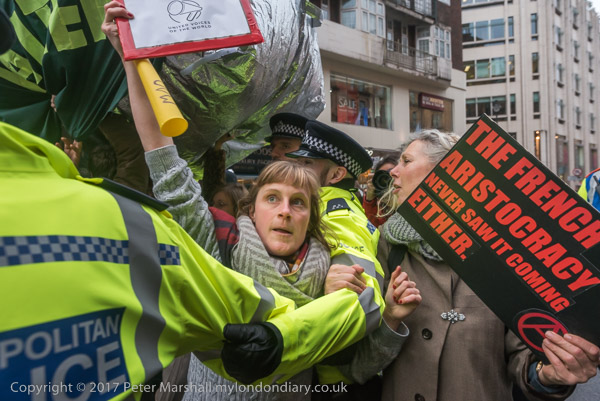
All were later released without charge, but on police bail – with the condition that they were not to go within 50m of Harrods. It appears to have been a deliberate abuse of the law to try to stop further protests at Harrods – however legitimate these may be. One man who had been grabbed after letting off a smoke flare on the street during the protest – now a rather common occurrence at protests – had apparently accepted a police caution.
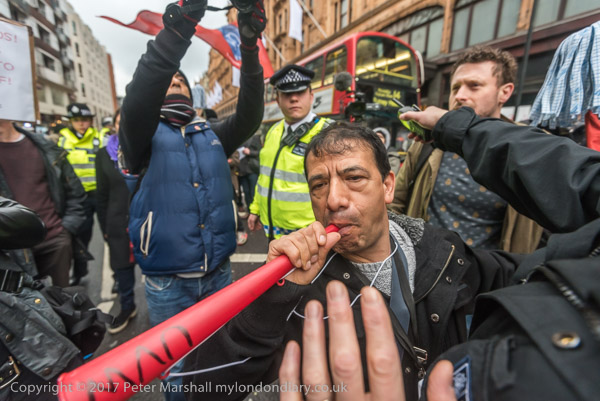
Following the protest, and with threats of more protests to come, Harrods finally gave in and agreed to give 100% of the service charge to staff, with an independent tronc master to administer the distribution with staff on the committee.
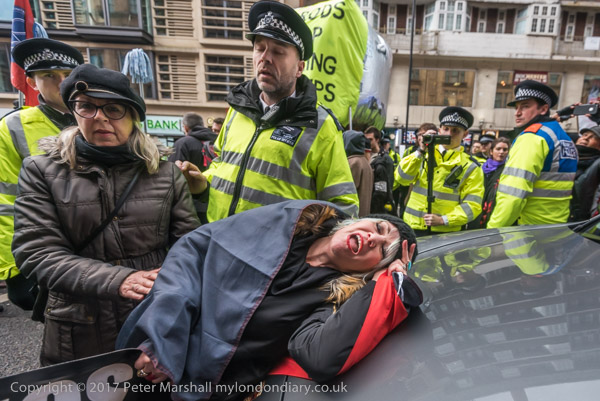
The UVW continues to fight for its workers at Harrods, and in December 2021 planned a further protest in advance of a strike in the Christmas shopping period. The strike and protest were both called off after Harrods agreed to large pay rises, taking all the waiters and chefs above the London Living Wage – for some it meant a pay rise of almost £5,000 a year, and Harrods has also guaranteed annual increases of 3% from 2023.
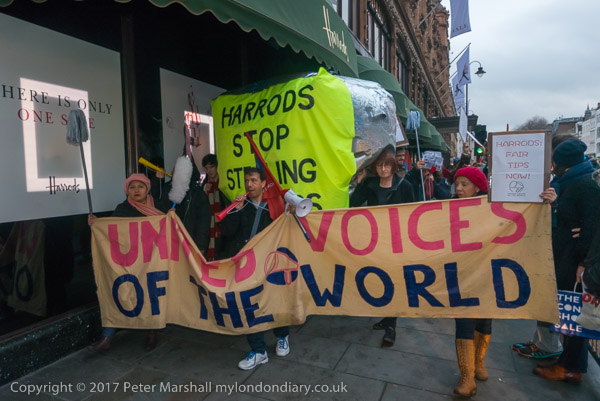
Small but active trade unions such as the UVW, along with a few of the major unions are showing that collective action works, while some larger unions seem more rather less interested in their lower paid members. In March 2021, Labour’s North of Tyne Mayor Jamie Driscoll published an article in the Journal and Evening Chronicle and on his blog with the title ‘What Have Trade Unions Ever Done For Us?’ which included the following two paragraphs
For a start, unions stopped child labour. Unionised workplaces are safer, with 50% fewer accidents. Every year unions train 10,000 safety reps. Union members earn, on average, 12.5 per cent more than non-members. They have better job security, and stay in their jobs for an average of five years longer than non-members. Unionised workplaces have higher productivity and fewer industrial tribunals.
Apart from that, though, trade unions have only gained us paid holidays, maternity and paternity leave, paid sick leave, equal pay legislation, pensions, and workplace anti-discrimination laws. Oh, and the weekend. It was unions that fought for a five day working week.
Jamie Driscoll’s blog
If you work, join a union. “You have a legal right to join a union. It’s illegal for an employer to disadvantage you because you are a union member.”
